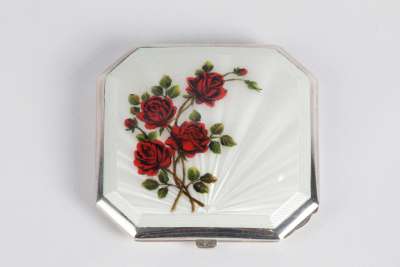A European silver bodkin with eyelet and ribbon slot. The body is decorated with foliate scrolls. Unmarked. Tested Continental silver 800. Circa 1830.
Condition Report: Very Good with minimal wear consistent with age and use.
Dimensions: Weight .005gm, Length 8cm, Width .004 cm













